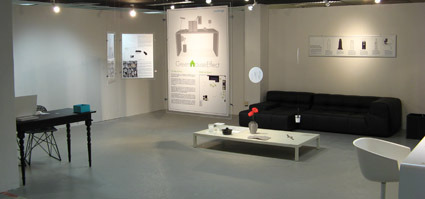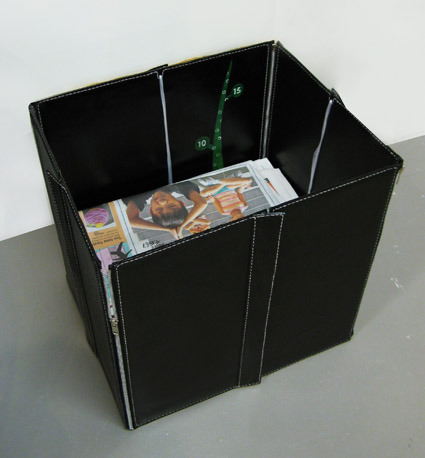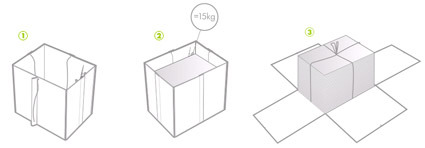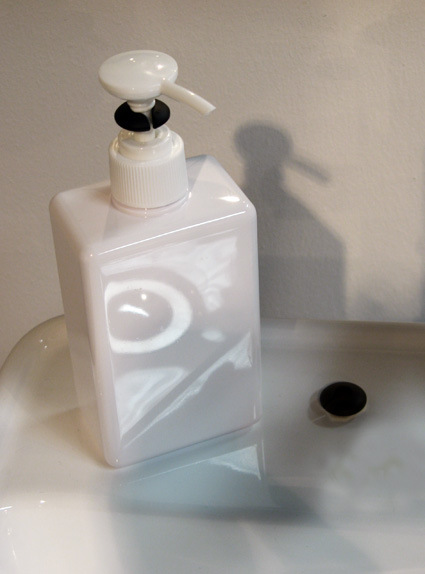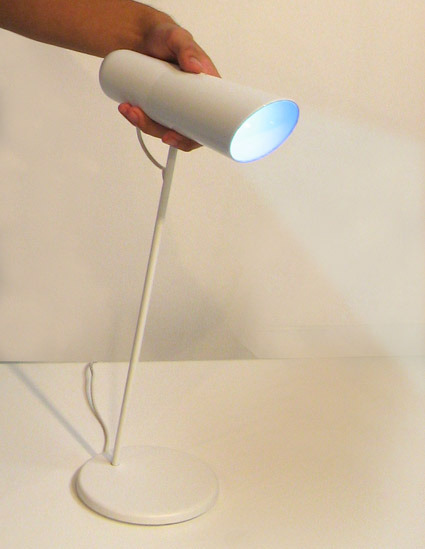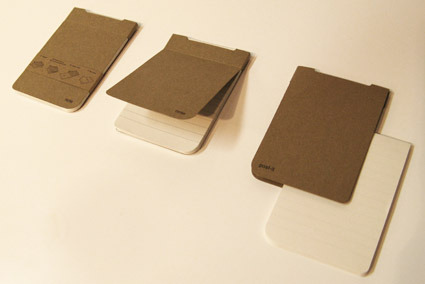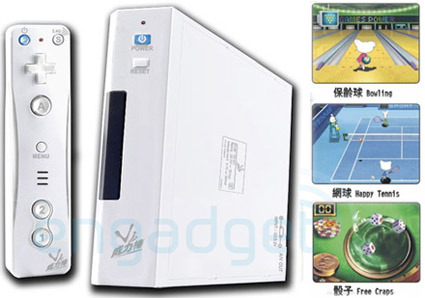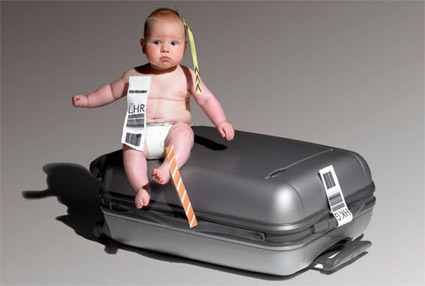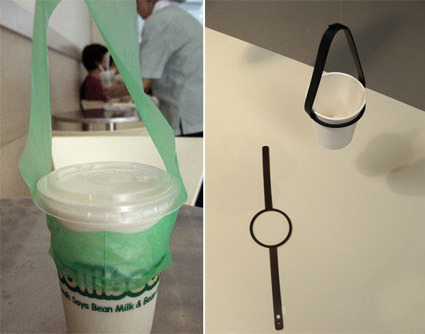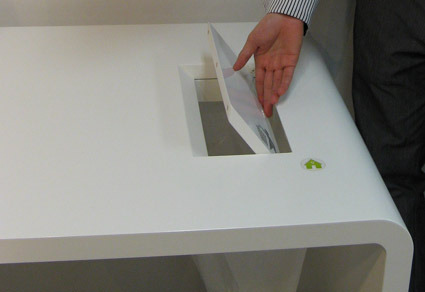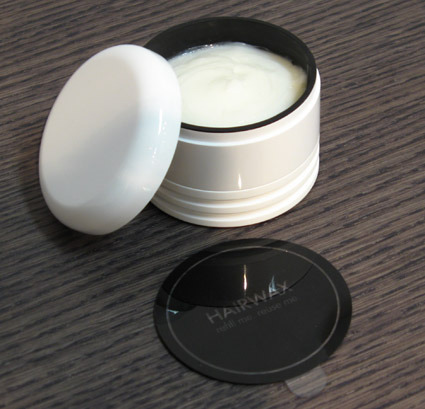
Concurrent with the (somewhat) regular blog posts and tidbits scoured from web, I’d be doing a series of blog posts on some of the exhibitions and going through designs featured in the Singapore Design Festival(SDF) over the next few days. The first (only?) one that I will cover is the GreenHouse Effect, which is conceptualized by Orcadesign especially for the design festival.
[Disclosure: I am part of the team that conceptualized and designed for this exhibition. Which, helpfully, also affords me some ‘behind-the-scenes’ thoughts to the exhibits.]
It was clear from the start (about 3-4 months ago) that we wanted to do an exploration into green/sustainable design. This is a major (almost too overwhelming) topic in design recently, and very likely will continue to be so. The exploration for a more focused theme soon kicked off – and we reached an agreement of what we are not going for rather quickly. There are some prevalent ‘standards’ or approaches in ecodesign:
- Guilt: “If you do X, you’re destroying the Earth!”. Guilt is often a primary psychological emotion to exhort the consumers into alternative actions; this is often coupled with pictures of dilapidated landscape and/or cuddly animals, with the hope that the consumer would link ‘ungreen’ practices to the more invisible destruction caused. In many ways, these scare tactics would lose their effectiveness, especially as consumers become more jaded with overexposure.
- Statistics: “Every year, we spill X tonnes of Y into Earth; we cut down Z acres of forests just to …”. Statistics is yet another tool to back up – to argue (against the user) logically. Statistics may be quite illuminating when analyzing macrotrends – but they seldom connect intimately with the user.
- Sacrifices: “If we just reduce P per person, as a nation we would have saved Q…” – the argument in this is that if everyone does some green thing, the world can be saved. The person is thus persuaded to make some personal, noble sacrifices for the greater good of humanity. But sacrifices are what they are: sacrifices.
- Materials/Technology: “The new plastic in this product uses 30% less energy to produce, and does not emit toxic fumes to the air…these appliances uses 50% less electricity”. Important as it is, technological and material eco-innovations are seldom visible or directly appealing to the user. Often also, products stressed their ‘all-natural’ origins (e.g. no synthetic materials), leading consumers to assume that ‘natural=harmless’. This may or may not be the case – it really depends on how that natural resource is being managed and replenished.
- Recycle-bility: “It’s made to be recycled: you can take it apart so easily, and you can recycle all the parts!”. Many-a-times, recycle-bility is equated directly to being green. It’s simply not the case – recycling is just a small component of the whole picture of sustainability. It’s often exacerbated by the fact that ‘green-as-recyclebility’ often turns up in many frivolous products, as much to assuage guilt while encouraging consumption.
It’s not that the principles behind those trends are wrong – in fact, those are still important considerations and tools to sustainable living. However, they are admittedly tired – we’ve seen it over and over, while we are still nowhere in sight to being meaningfully greener. This was the question we set to ourselves: “what could green design be – beyond statistics, technology and sacrifices?”. Where and how could designers contribute? How can we more meaningfully connect with people through better (green) designs?
How do we create products that are appealing to the users not simply because they are green, but because they are inherently superior (and green too!)? If a greener product is better – whether in function, aesthetics or meaning – than the ‘non-green’ counterparts, there is simply no reason for the consumer to choose otherwise.
That was our idea in the GreenHouse Effect, which lead to the exhibition (photo below). In the next few days, I’d be posting the actual product concepts and approach, and how we’ve answered our probe (or not). If you want to see these concepts physically, they are still on show at the Utterubbish Exhibition (in Singapore) till Dec 16th.
